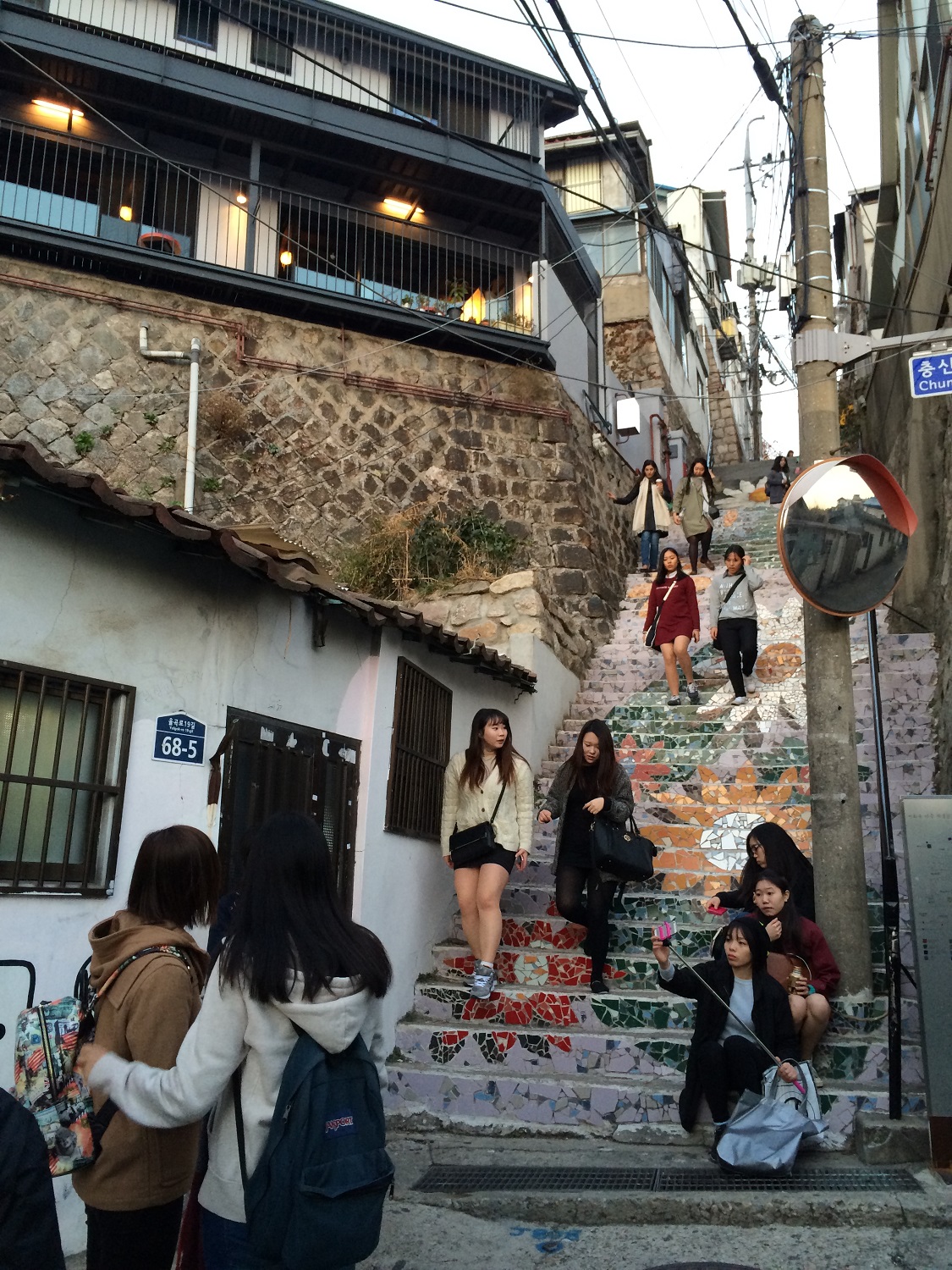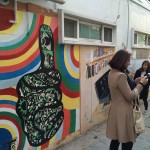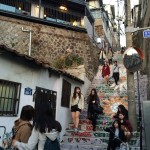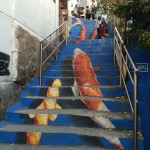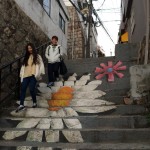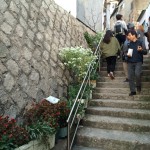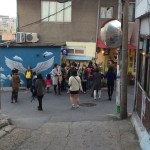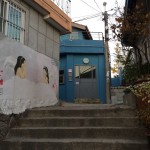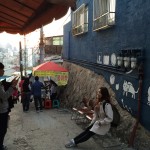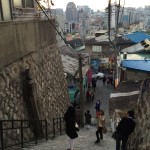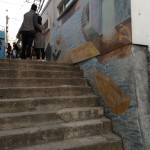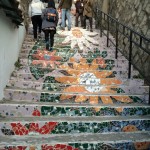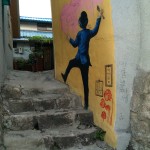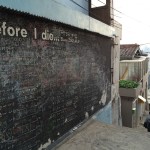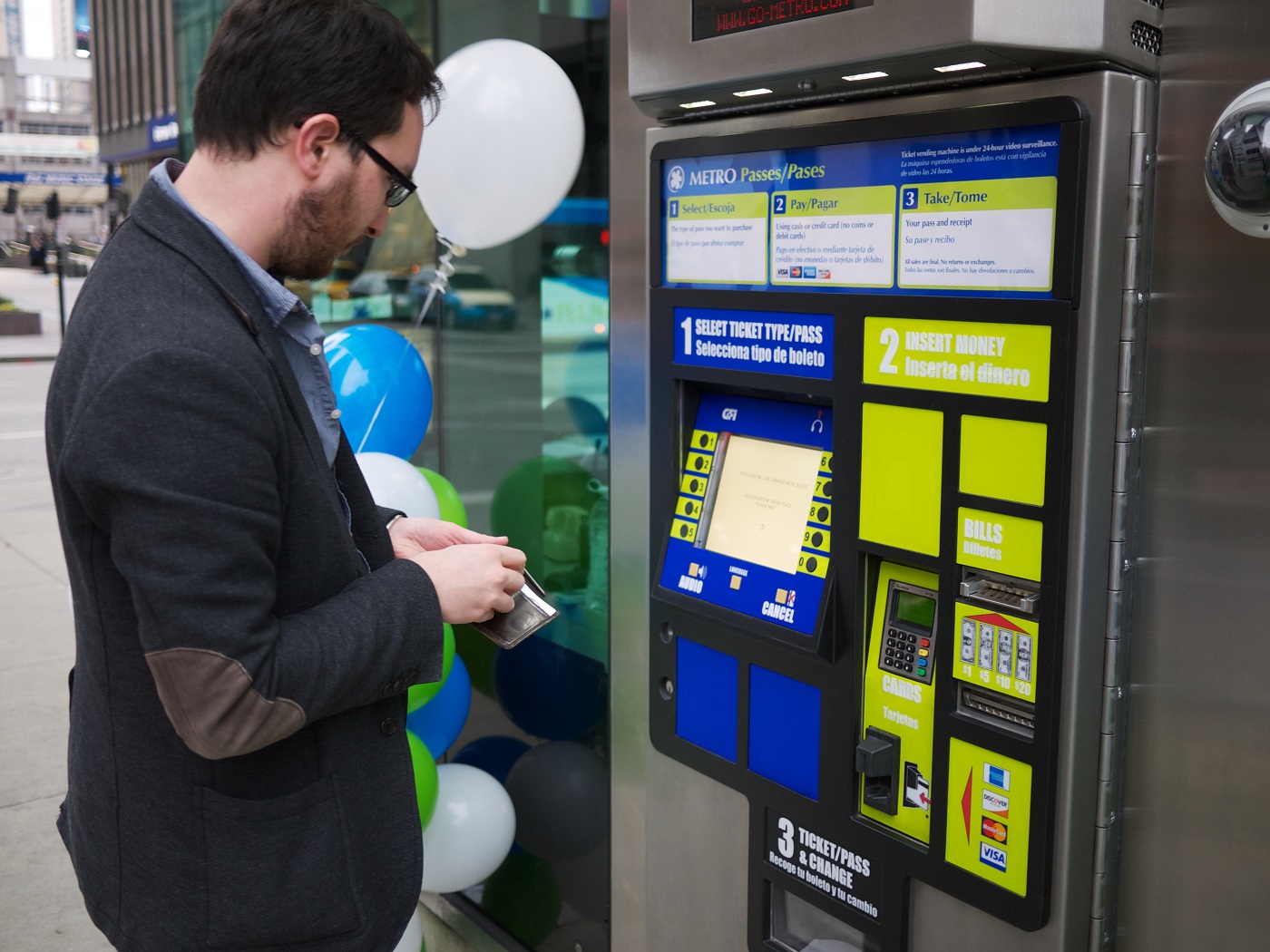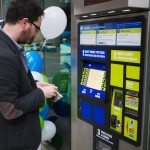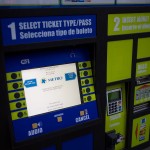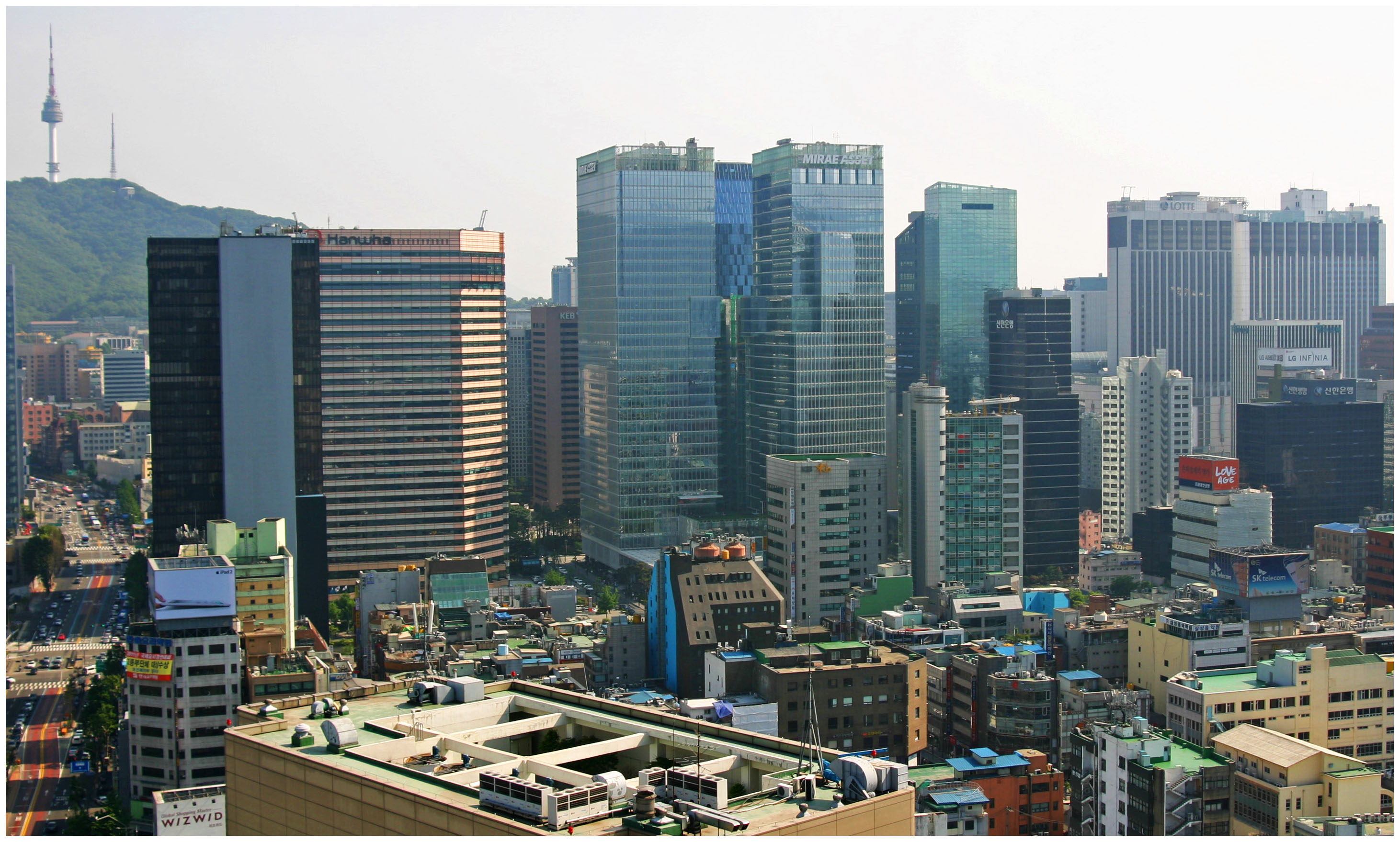ArtWorks has become well-known for its mural program. Over the past eight years, the program has created 90 murals that have added to the vibrancy of 36 city neighborhoods.
This year, however, ArtWorks started to branch out a bit more. In addition to 10 mural projects, they also installed more than 50 public art pieces throughout the city. Some were poetic, while others charming. Regardless of the project, they have always worked to actively engage young people in the city with the artist community.
The program’s impact on the visual appearance of the city cannot be overlooked. Public spaces have been dressed up and walls have been decorated in truly Cincinnati fashion. When considering one of Cincinnati’s most defining features – its hillsides – another opportunity seems to be sitting in waiting for future ArtWorks programs.
Over the years The Hillside Trust has worked to promote and preserve the city’s hillsides and the view sheds that they offer. At the same time, many of the city’s public staircases, which long served as a critical component of the sidewalk network, have fallen into disrepair. In many cases, due to either lack of maintenance or neighborhood distrust, public staircases have been closed off altogether.
This should not be the case.
One potential way to address this would be to focus an ArtWorks program on the city’s public staircases. Artists could be engaged to come up with creative mural designs for the stairs themselves, or perhaps suggest other installations. These could then be complimented by lighting installations that would not on
ly add an artistic touch after dusk, but also make the corridors safer for their users and the neighborhoods around them.
Seoul’s Ihwa neighborhood has done exactly this.
Set on the side of a steep hill leading to Seoul’s historic fortification wall, the neighborhood has seen many of its staircases painted, along with surrounding building walls, to create a truly unique environment. A variety of art installations were also undertaken in order to create an even more dynamic experience.
Today visitors flock to the area to view the murals and experience the other installations some 60 artists created in 2006 as part of Naksan Project. Due to this influx of people, small cafes, galleries and restaurants are now prevalent throughout the neighborhood.
While Cincinnati’s hillsides and surrounding neighborhoods present a different challenge than what exists in Ihwa, there are equal, yet different, opportunities that also exist.
Right now Cincinnati’s hillsides and their public staircases are mostly viewed as barriers and have been constrained to afterthoughts in the city’s public psyche. ArtWorks has changed the way we viewed vacant walls and barren streetscapes. Here’s hoping they can work similar magic on the city’s long-forgotten staircases.
